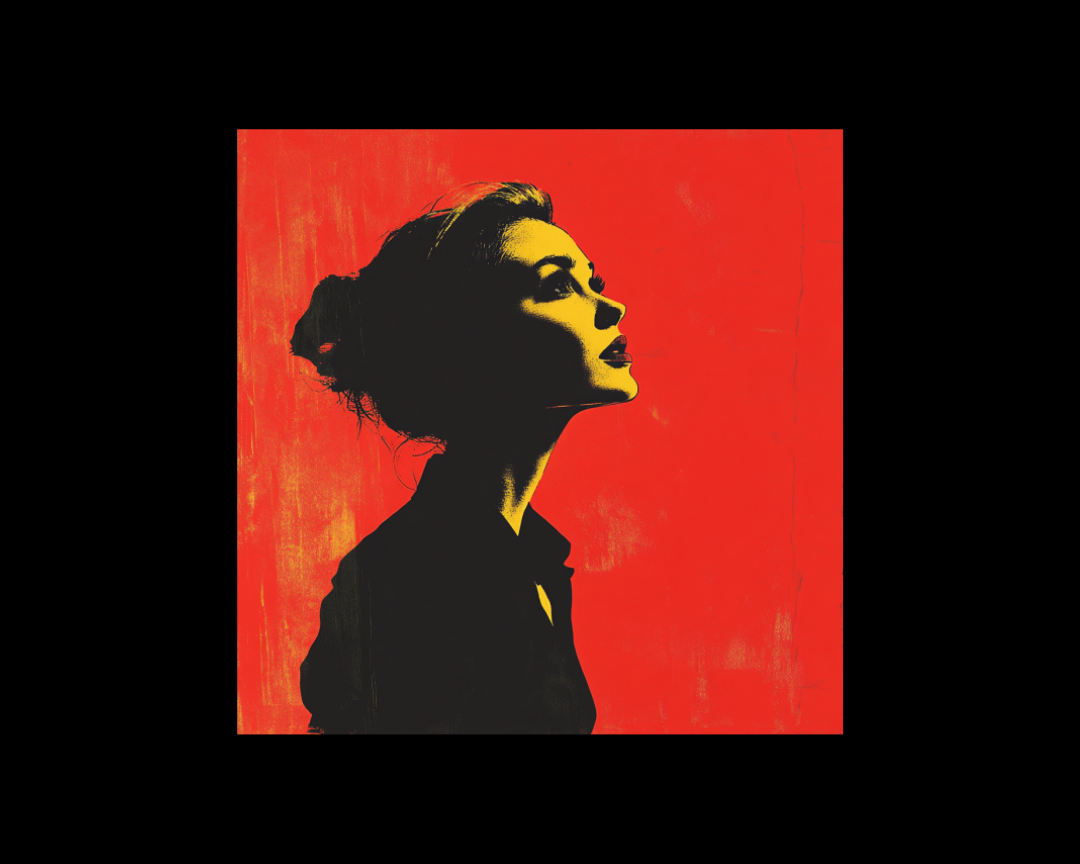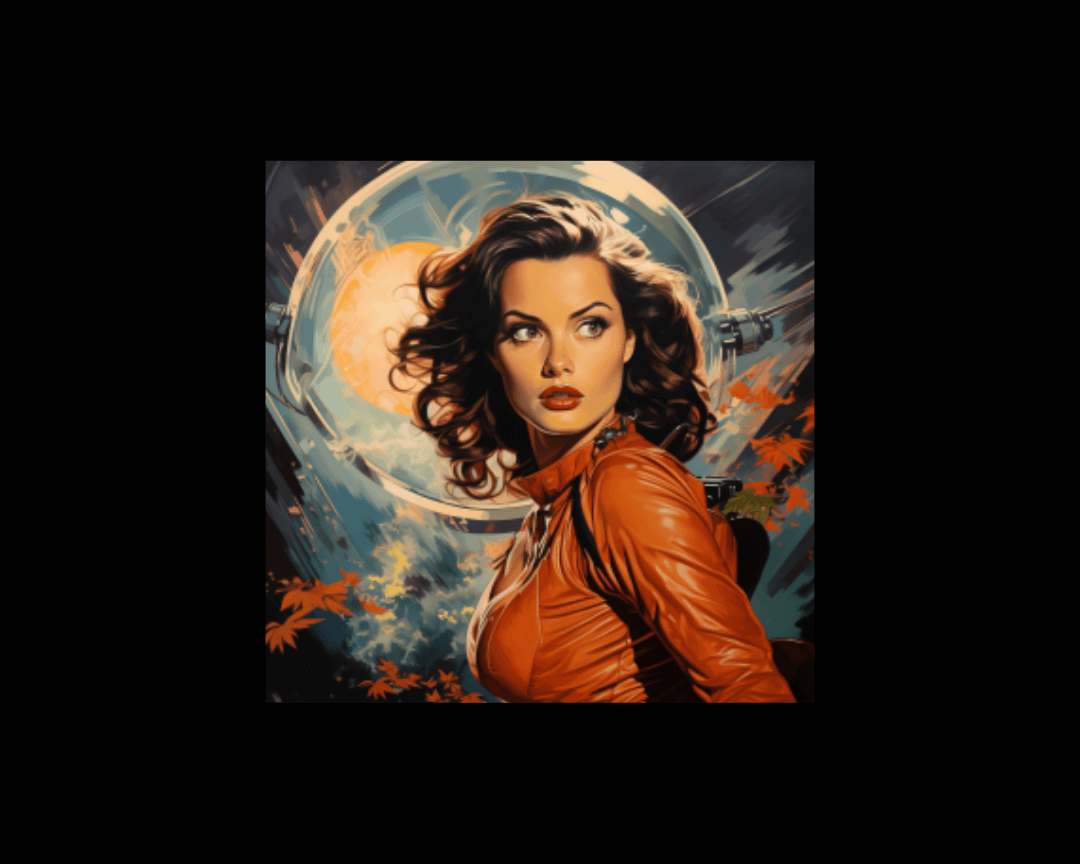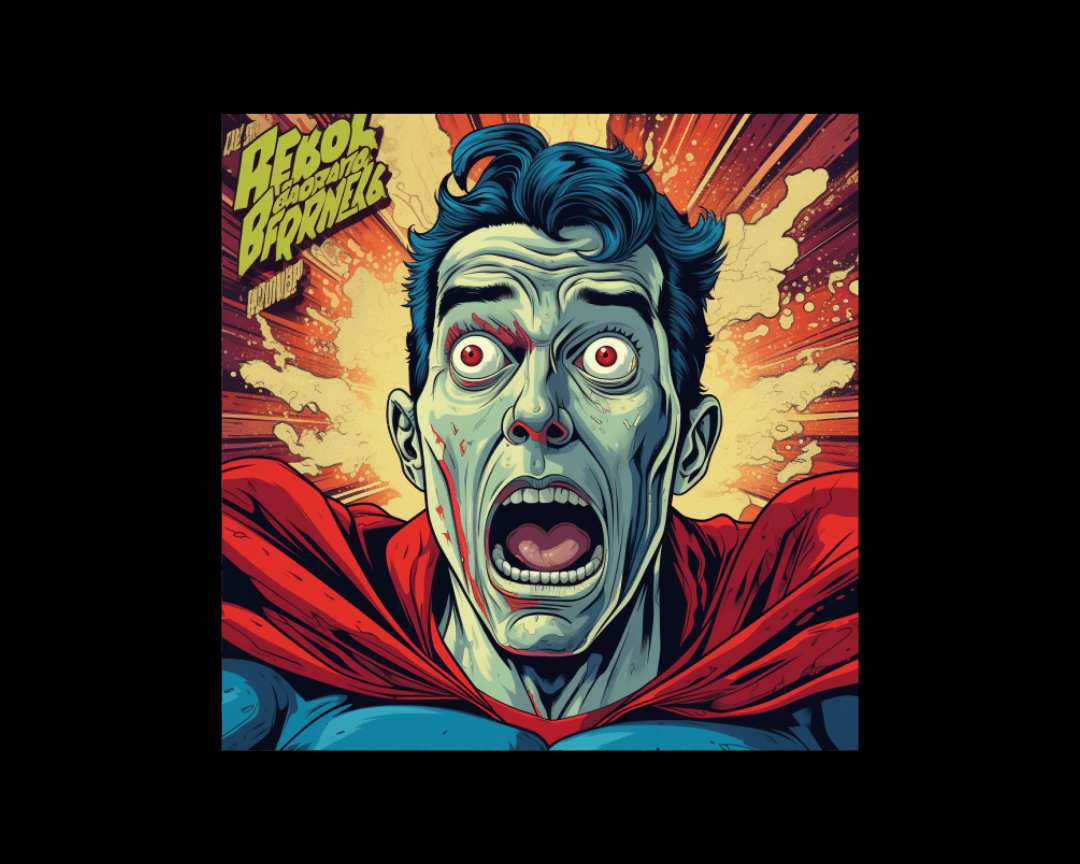Navigate the Enigmatic Realm of Slipstream Fiction
Ah, slipstream fiction. Much like speculative fiction, it lives in that nebulous territory between literary fiction, science fiction, and fantasy....

In an illuminating discussion, authors and writing coaches Kate Riordan and Anissa Gray, both from The Novelry, cover the profound topic of using one’s shadow side to craft layered, compelling characters. Their exploration offers practical advice for writers looking to push their characters—and themselves—to the edges of human experience. Here’s a breakdown of their conversation and the big ideas they shared.
Kate Riordan begins with a compelling premise: everyone has a shadow side. While we may try to deny its existence, this darker aspect of ourselves often lurks just beneath the surface. Fiction, especially in genres like mystery and suspense, thrives on exploring these complexities.
Anissa Gray emphasizes the universality of the shadow side, describing it as the internal conflict between who we aspire to be and the impulses we suppress. This dichotomy serves as fertile ground for writers to create characters with depth and nuance.
Here are some tips.
To uncover a character’s shadow side, start by examining your own.
Gray shares how her personal struggles informed her work. In her novel The Care and Feeding of Ravenously Hungry Girls, she drew from her own experience with disordered eating and amplified it to shape her character. Riordan echoes this, noting how even subconscious elements of one’s psyche can emerge in writing. For example, she often writes about "horrible mothers," a concept she explores despite having a positive relationship with her own mother.
Key takeaway: Use your shadow side as inspiration, but amplify it for dramatic effect to create rich, multidimensional characters.
Gray introduces the idea of placing characters under extreme stress to reveal their true selves. Under pressure, characters are forced to make choices that expose their vulnerabilities and moral boundaries.
Riordan adds a twist, explaining that her process often begins with an external hook or premise, while Gray’s literary approach originates from internal conflict. Both methods converge in their emphasis on testing characters through stress—whether external circumstances or internal struggles.
Key takeaway: Push your characters to their breaking points and observe how they respond. Stress reveals the essence of who they are.
The concept of "throwing rocks" at your characters, attributed to Nabokov, involves placing them in increasingly difficult situations. Riordan recounts her novel The Heatwave, where she explores whether psychopathic traits in a child are rooted in nature or nurture. This constant barrage of challenges forces characters to reveal their darkest sides.
Key takeaway: Challenge your characters relentlessly to uncover their hidden dimensions and create compelling narratives.
The coaches highlight exemplary works where authors masterfully explore the shadow side:
Key takeaway: Study well-crafted examples to understand how other writers balance relatable motivations with sinister actions.
Riordan reveals how writing can be a cathartic way to explore unresolved emotions. In her novel Summer Fever, she fictionalized elements from her university years, amplifying near-misses into full-blown conflicts. Gray agrees, noting that amplifying personal experiences at a remove allows writers to transform lived moments into powerful storytelling.
Key takeaway: Use writing as a tool for emotional exploration and resolution. Amplify personal experiences to resonate with readers while maintaining creative distance.
Riordan and Gray highlight different approaches to integrating the shadow side into a story. Riordan starts with an extraordinary premise—an external conflict—then layers internal struggles onto relatable characters. Gray begins with the character's internal world, using external forces to bring latent traits to the surface.
This dual approach underscores the flexibility of incorporating the shadow side: writers can build a story from the inside out or the outside in.
The shadow side is not just a tool for creating engaging characters—it’s a reflection of what makes us human. Riordan and Gray remind writers that plumbing the depths of our darker impulses allows us to craft stories that are authentic, relatable, and profoundly moving.
As Riordan concludes, “Plumbing those depths that are inside all of us can be really helpful... and very therapeutic.” For writers, embracing the shadow side is not only a pathway to richer narratives but also a way to explore the complexities of the human condition.

Ah, slipstream fiction. Much like speculative fiction, it lives in that nebulous territory between literary fiction, science fiction, and fantasy....

Fan fiction has evolved from a niche internet hobby to a powerful force in mainstream publishing. Writers who built their skills in these creative...

Bizarro Fiction, a relatively new genre often likened to the cult section in your video store, has been a niche of literary experimentation.